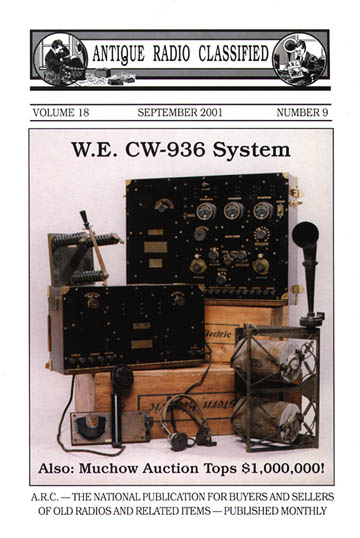Of Old Radios And Related Items--Published Monthly
The Western Electric CW-936
Radio Telephone SystemBY DAVE CROCKER
Web Edition
The CW-936 system is featured on our cover. One of the highlights of the much anticipated Muchow Auction in August was a Western Electric CW-936 Radio Telephone system. A few months earlier, Dave Crocker found this radio for sale in Foxboro, Mass., with almost all its components intact. Here Dave shares detailed information about this rarely seen system. (Editor)
When the U.S. entered World War I in 1917, the U.S. Navy was in need of a more modern method of communications for its warships other than the telegraph. Western Electric answered this need with the introduction of the CW-936 Radio Telephone System.
Existing radio patents did not apply here since the system had been ordered by the government in war emergency times. The CW-936 system was designed for use on U.S. Navy World War I subchasers, and whether or not it was used on other warships of the time is not clear. However, it is generally considered to be the first commercially produced radio telephone and telegraph transmitter.
The CW-936 Transmitter/Receiver
The entire CW-936 system consisted of eight major components, plus two pairs of Western Electric headphones and a push-button handle device for the extension box. The largest piece is the CW-938 transmitter/receiver, shown in Figure 1. It is a massive component measuring 241/2" x 181/2" x 61/2" and weighing in at a hefty 60 pounds!
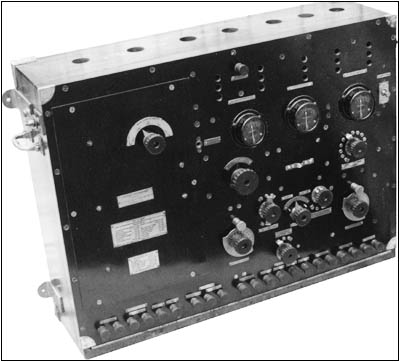
Figure 1. The massive Western Electric CW-938 Radio Telephone receiver and transmitter. The set as found was missing two meters; however, for the photos in this issue, the existing meter was copied in the position of the missing two. Dave has since acquired the meters and the set is complete.
Outside its box-jointed, walnut cabinet (nothing too good for the U.S. Navy) is a plethora of brass. This includes all the heavy hardware used throughout the construction. All the other brightwork, such as the nameplates, corner protectors, dials and switches, are gold-plated.
There is a total of 22 binding post terminals on the panel. The left-hand panel section can be removed to expose the transmitter for adjustment purposes. All the internal parts are attached to the back of the front panel, which, when unlatched, pulls down for service.
Figure 2 shows the CW-938 opened to reveal its tube complement, consisting of two Type VT-2 (tennis ball) tubes and three Type VT-1 tubes. The transmitter is a self-excited oscillator type. The receiver, in all probability, has a regenerative circuit. The set tunes from 256 to 600 meters.
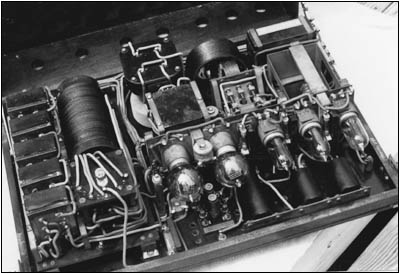
Figure 2. The interior of the CW-938. The front panel and chassis are unlatched and lowered to show the heavy construction and tight constraints of the component. You can see the layout of the two Type VT-2 and three Type VT-1 tubes.
The CW-926A Amplifier
The second major piece of the system is the matching CW-926A amplifier, shown in Figure 3. This audio amplifier measures 20" x 11" x 61/2" and weighs 30 pounds. It, too, has a walnut cabinet adorned with similar brass fixtures, but only 7 binding post terminals. Figure 4 shows the front panel and chassis pulled down to expose the three Type VT-1 amplifying tubes.
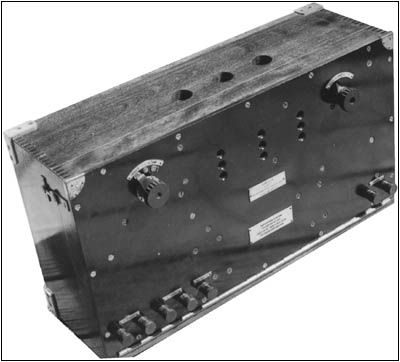
Figure 3. The matching 3-tube CW-926A amplifier.
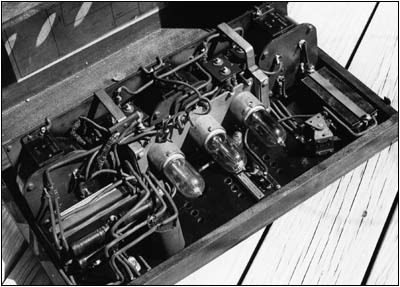
Figure 4. The interior of the CW-926A with its front panel and chassis unlatched and lowered. It operates using three Type VT-1 tubes.
The Entire System
The entire CW-936 system is shown in the diagram in Figure 5. Besides the CW-938 transmitter/receiver and the CW-926A amplifier, previously described, you can see in the lower left the CW-928 switchboard, connecting the twin dynamotors to the receiver/transmitter. It, too, is housed in a walnut cabinet having 16 terminals.
The dynamotor unit (CW-927), at the lower center of the diagram consists of two motor generators, each producing 350 volts, which are spring-mounted inside a triangular metal frame. These dynamotors were manufactured by the Westinghouse Company.
In the upper portion of the diagram is the CW-1052 extension box, a cast metal, waterproof housing with a pull-down front panel. Connected to this unit is a push-button switch on a handle (CW-1054), a 13" metal horn loud speaker (CW-929), a waterproof metallic microphone (CW-1053) and a pair of Western Electric headphones (CW-834). All of these items, including the extension box, were mounted in the pilot house of the vessel. Everything else was situated in the ship's radio room.
In the middle right of the Figure 5 diagram is shown the Western Electric antenna knife switch (CW-969) with its three insulators mounted on a wooden base. At the lower right of the diagram is a second pair of WE phones, and the unique hand-held microphone and hanger (CW-930), both of which were made by Western Electric.
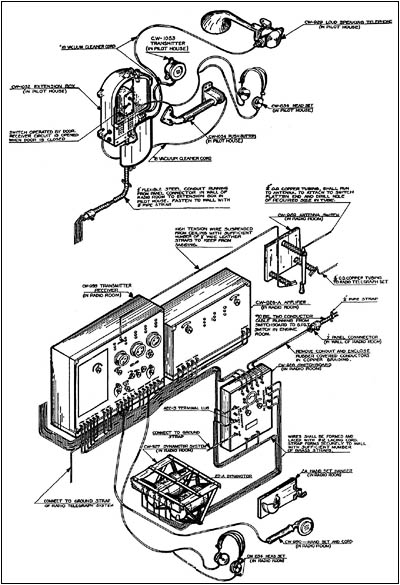
Figure 5. Diagram of the entire CW-936 Radio Telephone system with all components and wiring. (From "Robinson's Manual of Radio Telegraphy and Telephony for the use of Naval Electricians.")
Figure 6 (see print version) shows some of the aforementioned components. However, included, but not mentioned before, is the emergency battery box in the upper right, for which I do not have the CW number.
I found the transmitter/receiver and its matching 3-tube amplifier in their original crates, [see Figure 7 (see print version)], which kept them in practically unused condition. A cleaner, some wax, and lots of elbow grease removed 80 odd years of dirt and grime and brought the set back to near-original condition.
As I have said, these pieces were over-built to rigid U.S. Navy specifications to insure their survivability. "Built like a battleship" certainly applies here. Figure 8 (see print version) shows the upper right corner of the receiver/transmitter. You can see the use of heavy brass construction. This system was truly built to last, and it did just that!
Reference:
Robinson, S.S., Captain, U.S. Navy. "Robinson's Manual of Radio Telegraphy and Telephony for the use of Naval Electricians." Annapollis, Md.: the United States Naval Institute, 1919.
(Dave Crocker, 35 Santuit Pond Rd., #4B, Mashpee, MA 02649)
Dave Crocker, a member of the A.R.C. staff, lends his skills as a graphic artist to the layout of the magazine. He has been actively collecting radios for over 25 years. Many of these years have been spent researching and collecting sets manufactured by the Crosley Radio Company.
CW-936 Sells For $7,000
at Muchow Estate AuctionCoincidentally, just a few months after Dave Crocker found his CW-936 in a garage, a comparable CW-936 system was offered for sale at the Muchow estate auction bringing $7,000. A number of individuals participated in the bidding, the first dropping out at $3,000, the second at $5,000, and the third when $7,000 was reached.
Whereas Dave's system was found with the shipping boxes, the Muchow system, instead, had the switchboard panel. Condition was similar since the Muchow system was in "contest" condition along with a Blue ribbon it had won to prove it. (Editor)
| [Free Sample] [Books, etc., For Sale] [Subscribe to A.R.C./Renew] [Classified Ads] [Auction Prices] [Event Calendar] [Links] [Home] [Issue Archives] [Book Reviews] [Subscription Information] [A.R.C. FAQ] URL = http://www.antiqueradio.com/Sep01_WERT.html Copyright © 1996-2001 by John V. Terrey - For personal use only. Last revised: August 24, 2001. For Customer Assistance please contact ARC@antiqueradio.com or call (978) 371-0512 Pages designed/maintained by Wayward Fluffy Publications
Antique Radio Classified |
